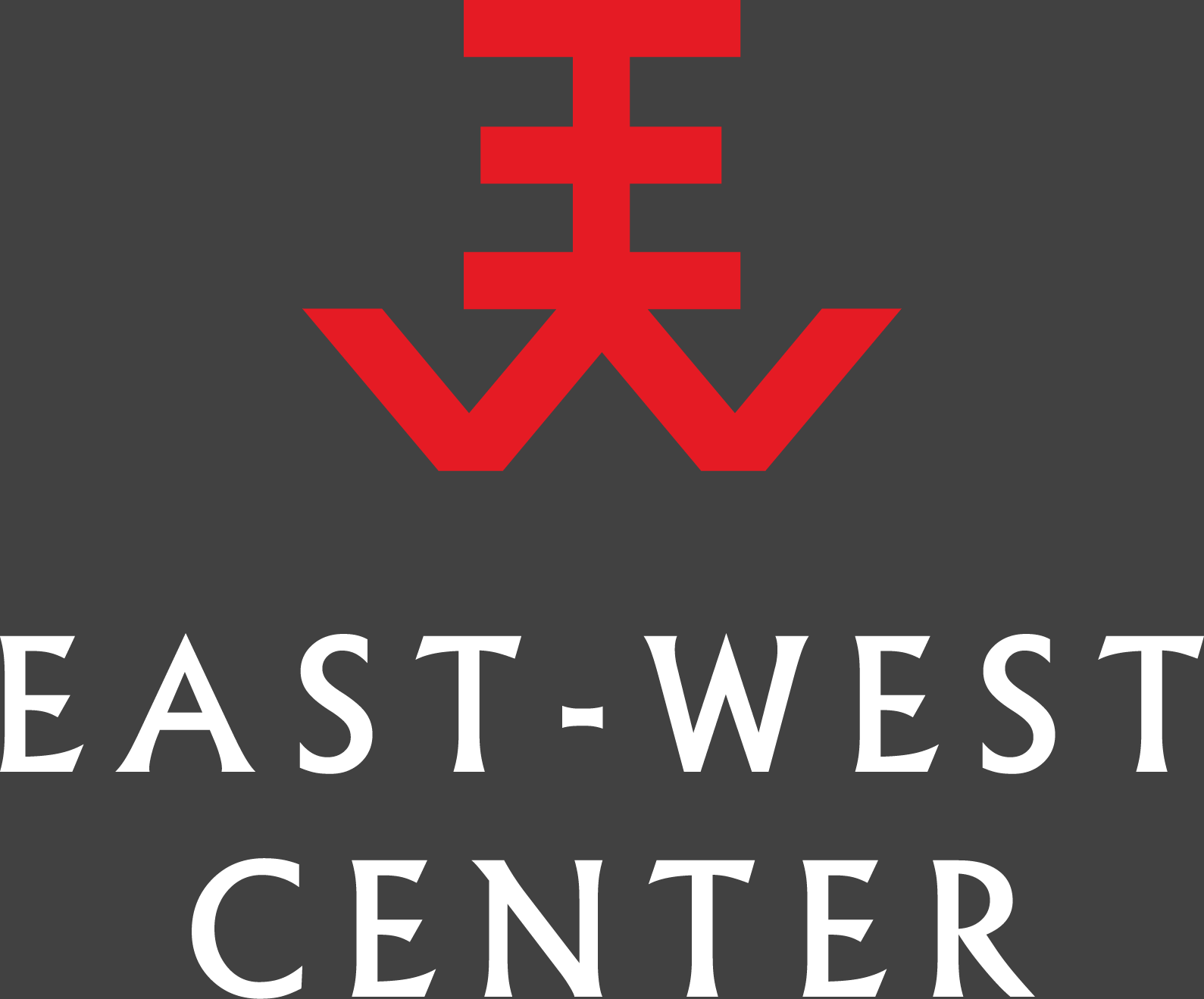►▼ Where is this data from?
The Inter-Korean Liaison Office publishes all official statistics on government-to-government dialogue between North and South Korea. Since 1971, the Inter-Korean Liaison Office has facilitated 667 official government dialogues and 189 inter-Korean agreements.
Initially established by the Red Cross, the two Koreas re-opened the Inter-Korean Liaison Office as a direct government-to-government contact point between the DPRK and ROK following the 1991 “Agreement on Reconciliation, Non-aggression, and Exchanges and Cooperation between South and North Korea” (the Basic Agreement). A physical Liaison Office was established in Kaesong in 2018, but was demolished by North Korea in 2020, nominally in retaliation for Seoul's failure to stop cross-border balloon launches by private organizations.
►▼ Who participates in government dialogues?
The South Korean Ministry of Unification (MOU) and the DPRK Committee for the Peaceful Reunification of the Fatherland (affiliated with the United Front Department of the Korean Workers’ Party) conduct the majority of North-South political dialogues; all political dialogues have been held at the ministerial or vice-ministerial level. Military-to-military dialogues are held at the General or working level. The Committee for the Promotion of Economic Cooperation (established in 2000 by the Joint Declaration) conducts all dialogues on economic issues. The DPRK and ROK national Red Cross societies preside over talks regarding humanitarian issues, including talks on sports, and cultural events.
►▼ Where have official talks been held?
Inter-Korean dialogues have typically been held on the Korean peninsula, with the majority of them taking place in the Joint Security Area at Panmunjom. Three inter-Korean summits have taken place in North Korea, while two have been held in Panmunjom.
Inter-Korean talks have also occasionally been held abroad. Prior to the first inter-Korean Summit in 2000, delegations from the DPRK and ROK met in Beijing to establish protocol for the meetings in a neutral environment. In 1984, the DPRK, ROK, and the International Olympic Committee held a number of dialogues in Lausanne to discuss the potential for inter-Korean cooperation at the 1988 Olympics in Seoul.
►▼ What have been the historical trends in inter-Korean dialogues and agreements?
The first round of inter-Korean dialogue following the Korean War took place in 1971-72, and culminated with the “South-North Joint Communique” on reunification, issued on July 4, 1972. In the years following this high-level dialogue, however, direct communication between the governments of North and South Korea remained infrequent. Inter-Korean dialogue became more robust after South Korea’s first democratically elected president, Roh Tae-woo, took office. In 1991 and 1992, the two Koreas signed two major inter-Korean agreements: the “Agreement on Reconciliation, Nonaggression, and Exchanges and Cooperation” and the “Joint Declaration of the Denuclearization of the Korean Peninsula.”
The first Inter-Korean Summit, held between ROK President Kim Dae-jung and DPRK leader Kim Jong-il in 2000, inaugurated a period of frequent inter-Korean dialogue and agreements on economic, political, and humanitarian issues. A second presidential summit took place in 2007.
President Moon Jae-in has met with North Korean leader Kim Jong Un on multiple occasions, including a summit meeting at Panmunjom in April 2018; a more impromptu meeting at Panmunjom in May 2018; and a third summit in Pyongyang in September 2018. The two leaders also briefly met again alongside U.S. President Donald Trump during another impromptu meeting at Panmunjom in June 2019. However, the period of inter-Korean dialogue and exchange ushered in by these meetings was short-lived.





